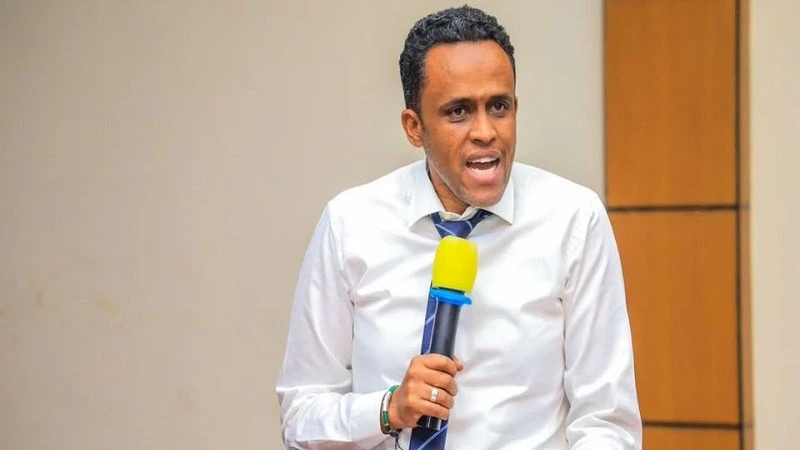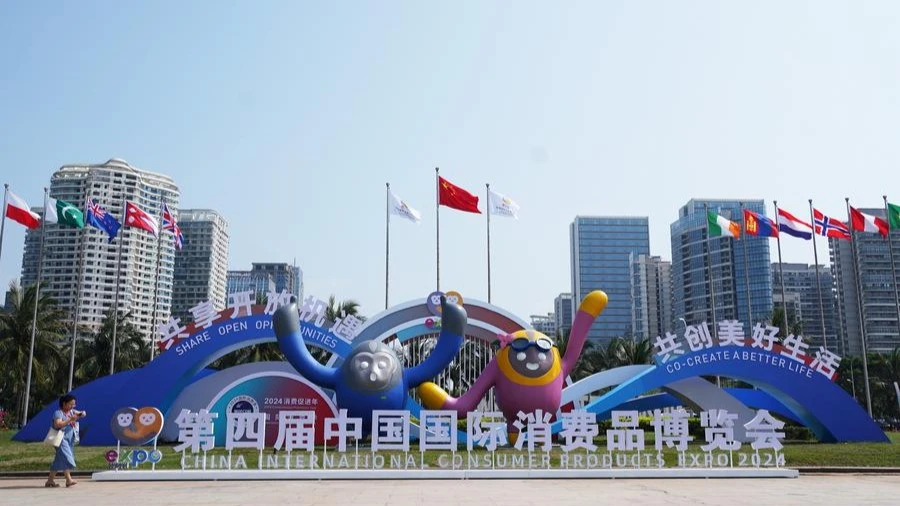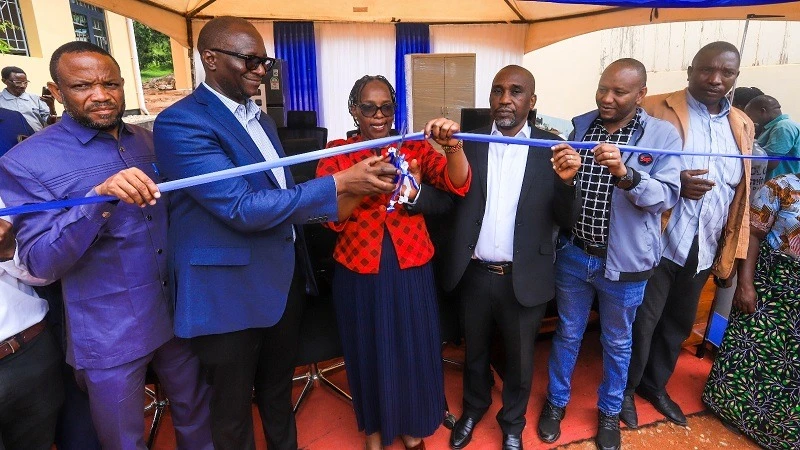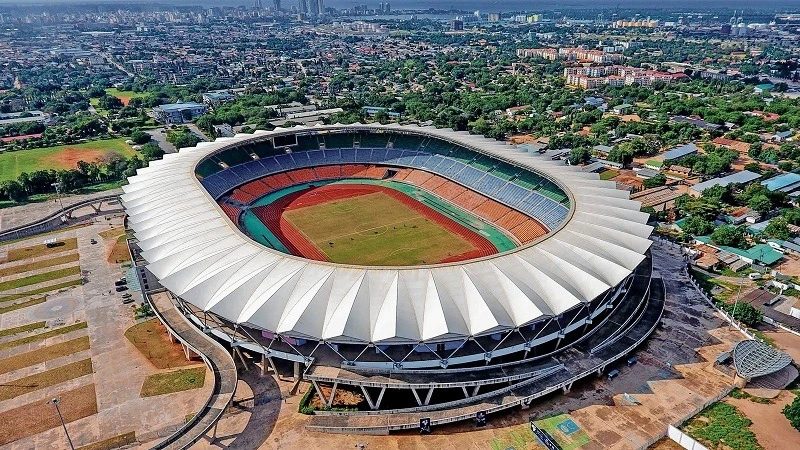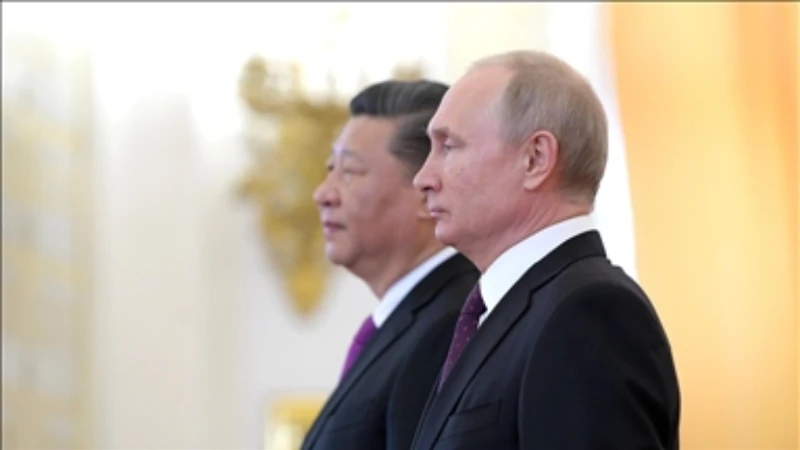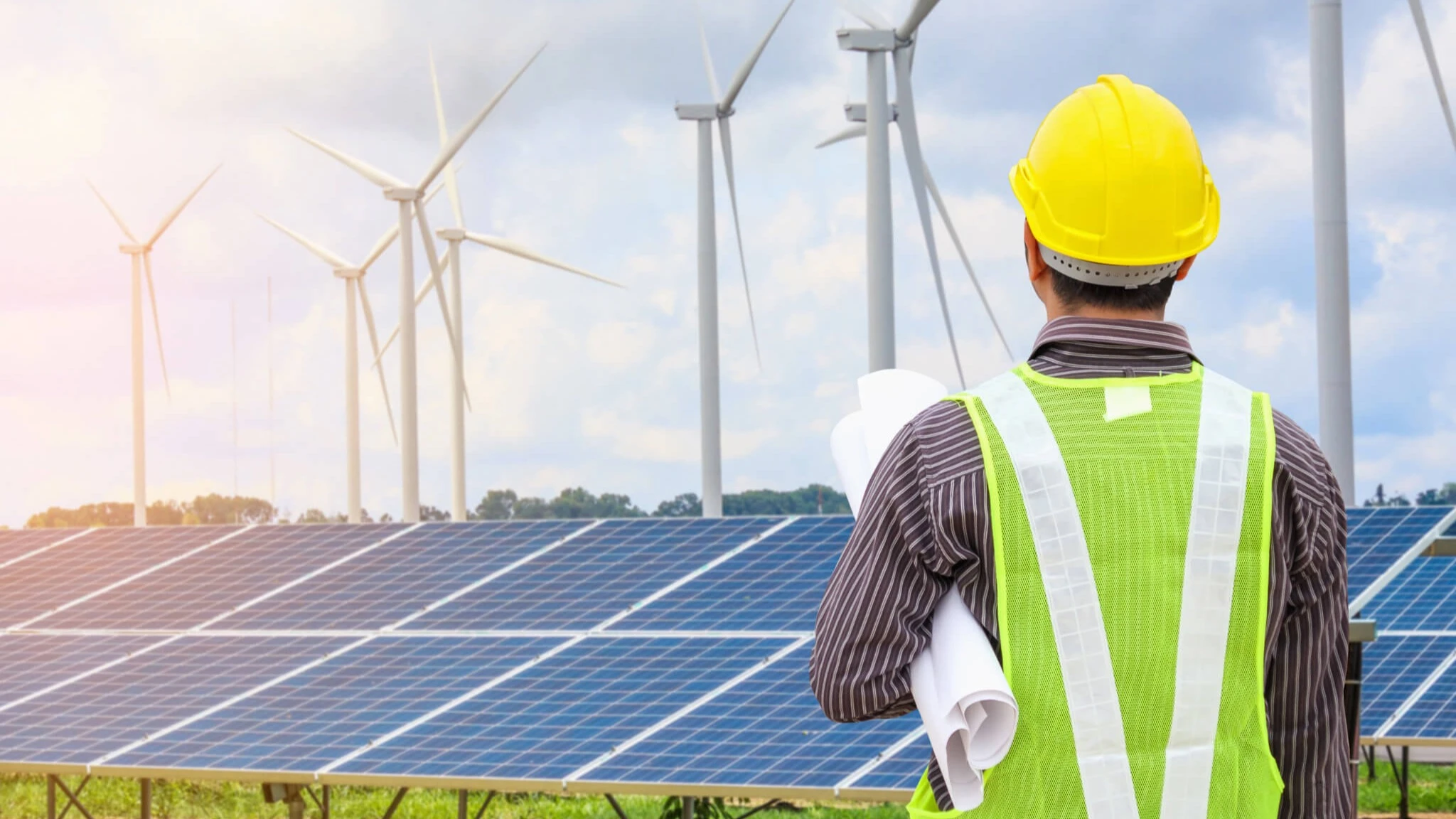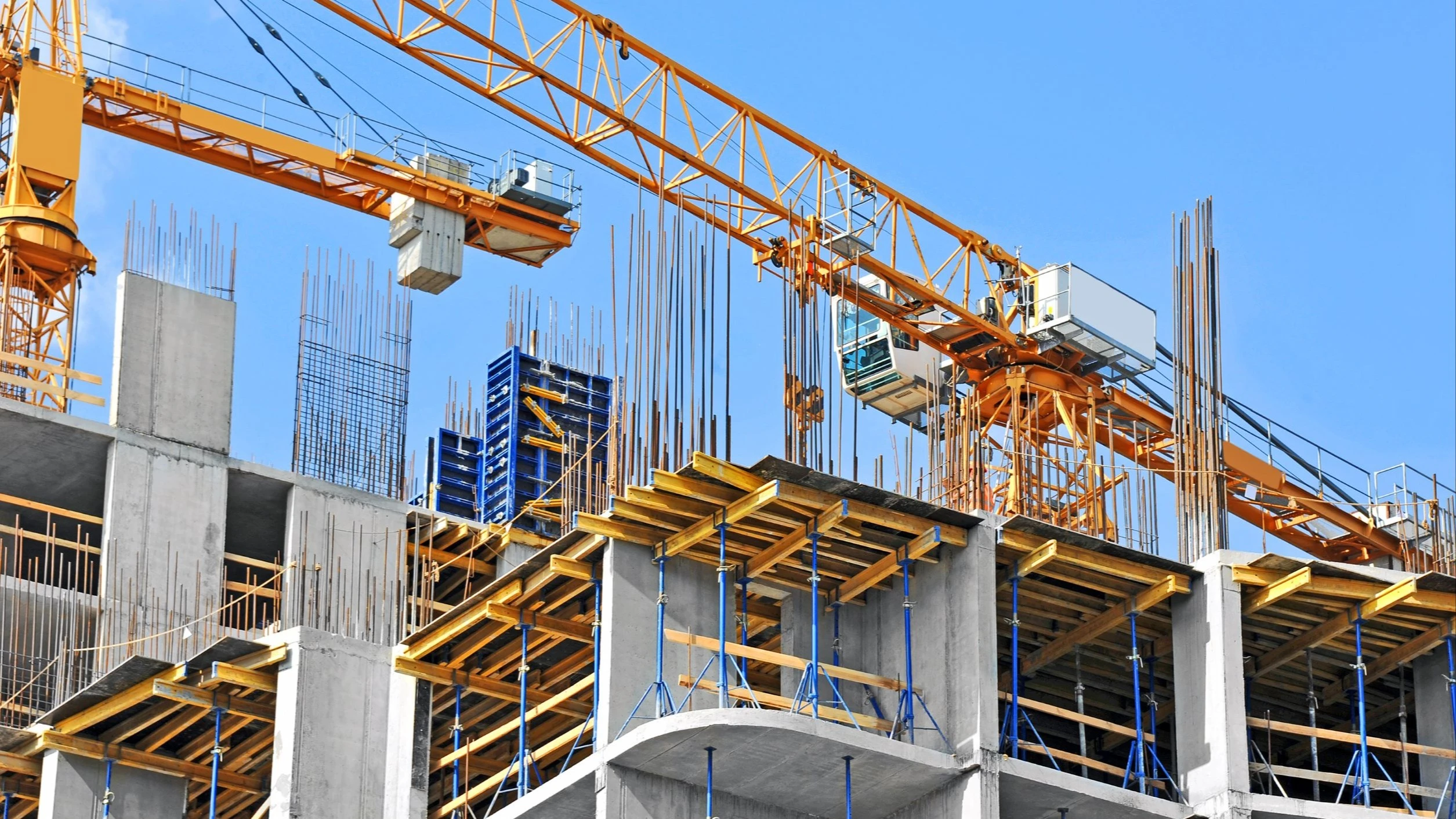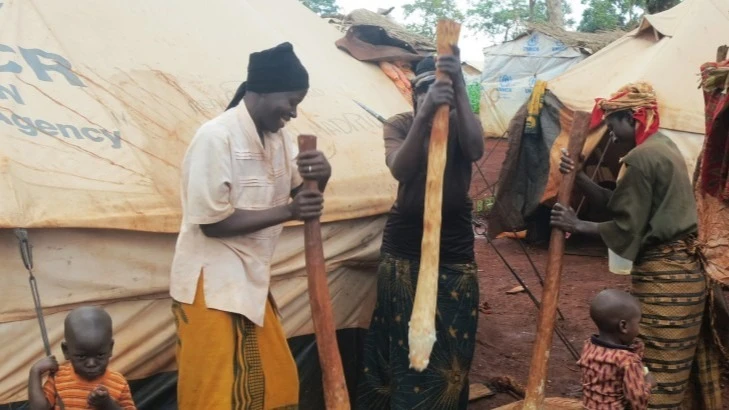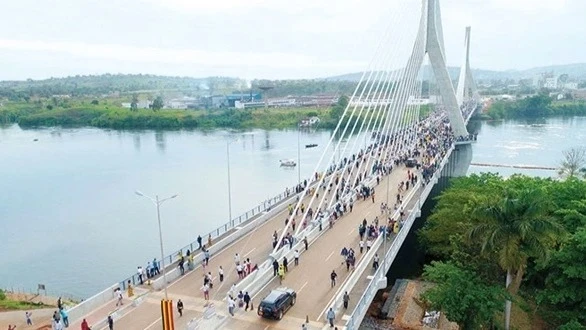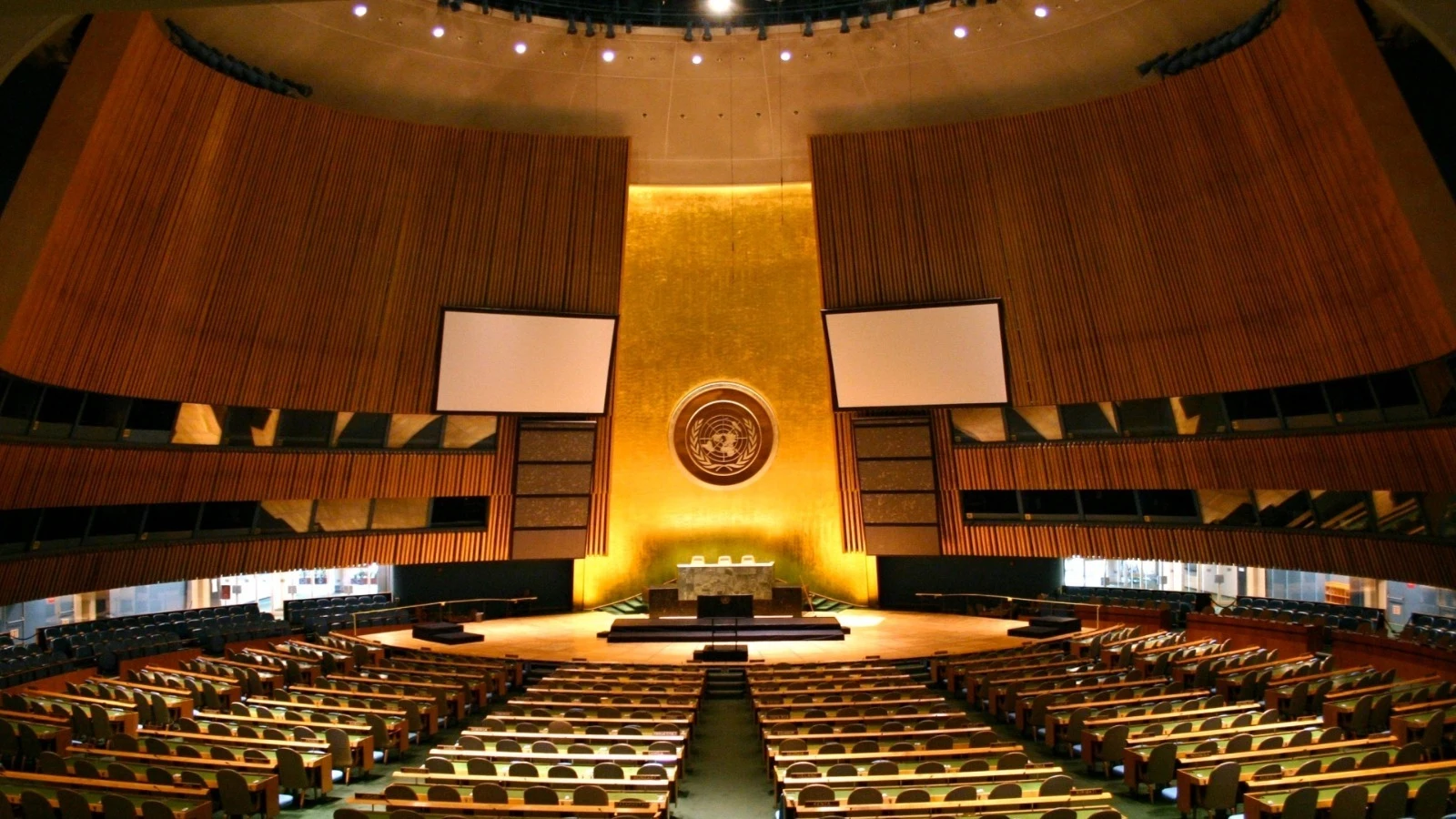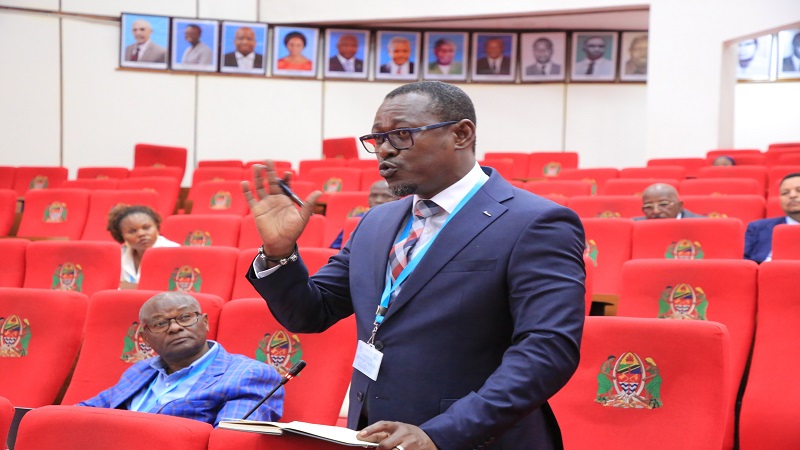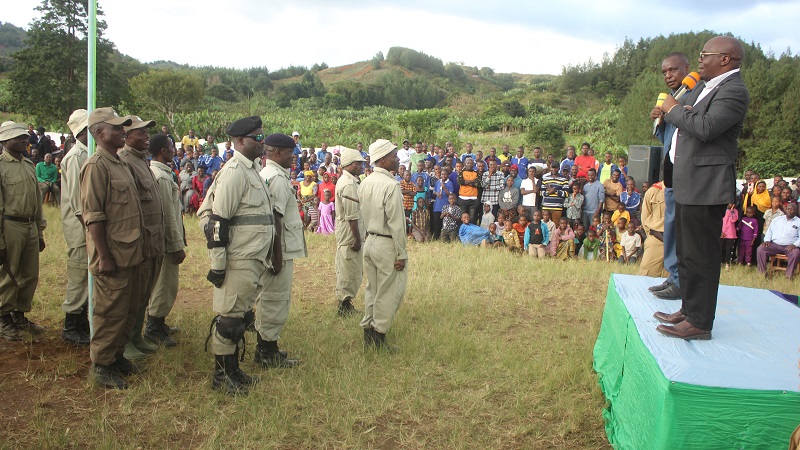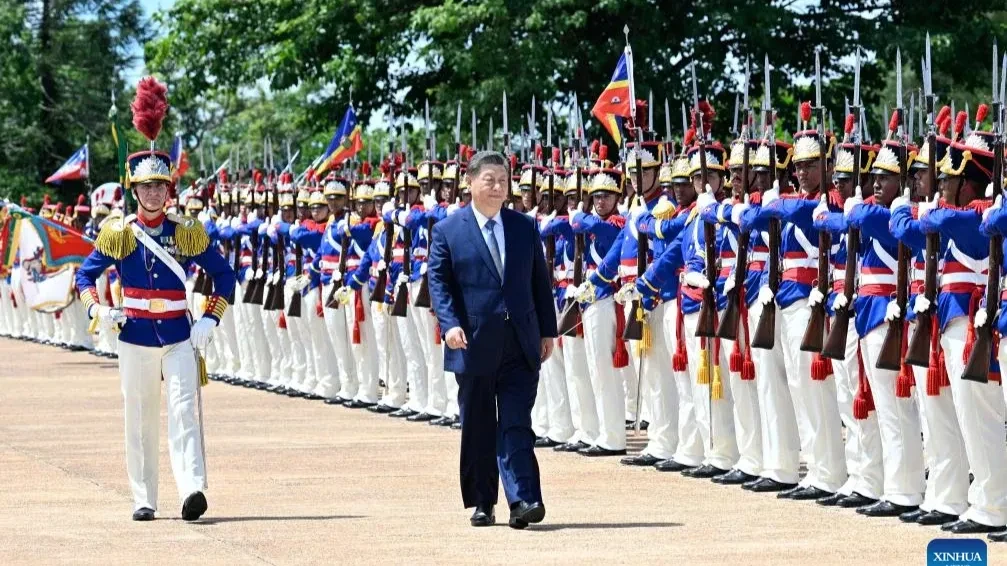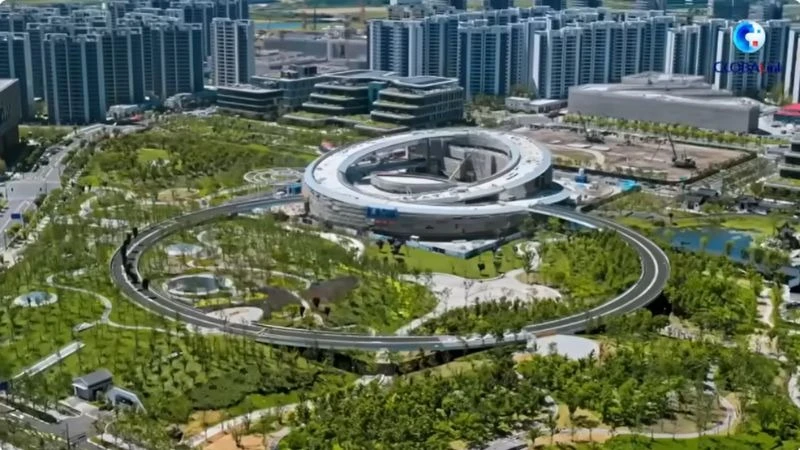‘Protecting Kigongo-Busisi bridge is key EAC priority’

SECURITY agencies need to be prepared to protect the newly opened Kigongo-Busisi Bridge as strategic infrastructure with a crucial role in the East Africa region.
President Samia Suluhu Hassan issued this directive here yesterday when inaugurating the transformative infrastructure project spanning 3.2 kilometres across the Gulf of Mwanza on Lake Victoria.
The bridge, named in honour of the late President Dr John Pombe Magufuli, who initiated its construction, links Kigongo in Mwanza Region with Busisi in Geita Region.
Marking a historic step in Tanzania’s efforts to boost regional connectivity, economic integration and transportation efficiency, it transforms what was once a 45-minute ferry ride into a four-minute road journey.
President Samia hailed the bridge as a symbol of national unity, economic promise and self-reliance, when addressing a big rally for the inauguration ceremony.
“This bridge is more than just concrete and steel. It is a symbol of national unity, industrialisation and self-reliance. Built entirely with Tanzanian taxpayers’ money, it opens a new chapter in transport, trade and development across the Lake Zone and beyond,” she remarked.
The bridge has strategic significance not only to Tanzania but also to neighbouring countries such as Rwanda, Burundi and the Democratic Republic of Congo, which rely on Lake Zone transport routes for cross-border trade.
“This is a critical infrastructure project that will drive trade across the region. It must be protected and maintained as top priority,” she stated, noting that traders and farmers will benefit from quicker and more efficient transportation, opening new markets for agriculture, livestock and fisheries products.
Since 1968, the Kigongo–Busisi crossing had been serviced by ferries of varying capacity. The first, Busisi Boat, carried just 15 passengers and over the decades MV Mwanza (1971), Geita Ferry (1972), MV Sengerema (1985) and MV Misungwi (2008) were used, none fully meeting the demands of a growing population and economy, she asserted.
By 2018, the newly built MV Mwanza could carry up to 1,000 passengers and 34 vehicles, while demand outpaced capacity. Transport delays affected students, health care access and regional supply chains, pushing then President Dr John Magufuli decision to initiate the project.
She urged residents to utilise the bridge to widen economic activities in agriculture, livestock keeping and others, as the bridge has potential to further open markets in neighbouring countries.
The government has over the 2021 to 2025 period completed nine other major bridges, among them Tanzanite and Gerezani bridges in Dar es Salaam, Kiegeye and Ruaha in Morogoro, Ruhuhu in Ruvuma, Wami in Coast Region, Msingi in Singida, Kitengule in Kagera and Mpwapwa in Dodoma. Several others are under construction in Tanga, Lindi, Simiyu, Dodoma and Mwanza regions, she said.
The government has also completed 1,000 kilometres of tarmac roads in the past four years, reinforcing a broader strategy to connect remote areas, ease commercial logistics and stimulate national growth, she said.
Abdallah Ulega, the Works minister, said that when President Samia assumed office March 2021 the bridge was 25 percent complete, with 152bn/- already spent. At the time that it was completed and being inaugurated a total of 718bn/-had been used up, including tax dues, he said.
“This is now one of Tanzania’s most iconic symbols of national progress,” he said, hailing the president for embracing this vision and bringing it to completion.
Earlier in the day, the president launched a major water project at Lamadi in Busega District, Simiyu Region, set to benefit thousands with regular access to clean and reliable water supply.
Throughout her working tour across Simiyu, Mwanza and Geita, the president met with local residents, listened to their concerns and assessed progress in ongoing development initiatives.
Rallies in Nyakabindi, Meatu, Itilima, Maswa and Bariadi drew large crowds, where she reaffirmed the government's commitment to people-centred development.
“We have seen the challenges, but also the progress. The voices of the people will continue to shape our priorities and guide the next phase of transformation,” she declared at a public meeting.
Top Headlines
© 2025 IPPMEDIA.COM. ALL RIGHTS RESERVED


